Summary
This visit actually came on the back of my recent spotting trip to Norway.
(Read it here: Part 1, Part 2, Part 3, Part 4)
After flying into London Gatwick from Oslo that morning, I had around 7 hours to kill in London before my train home that evening.
Weighing up my options, I chose to visit the RAF Museum – one I had never been to before.
The RAF Museum, Hendon
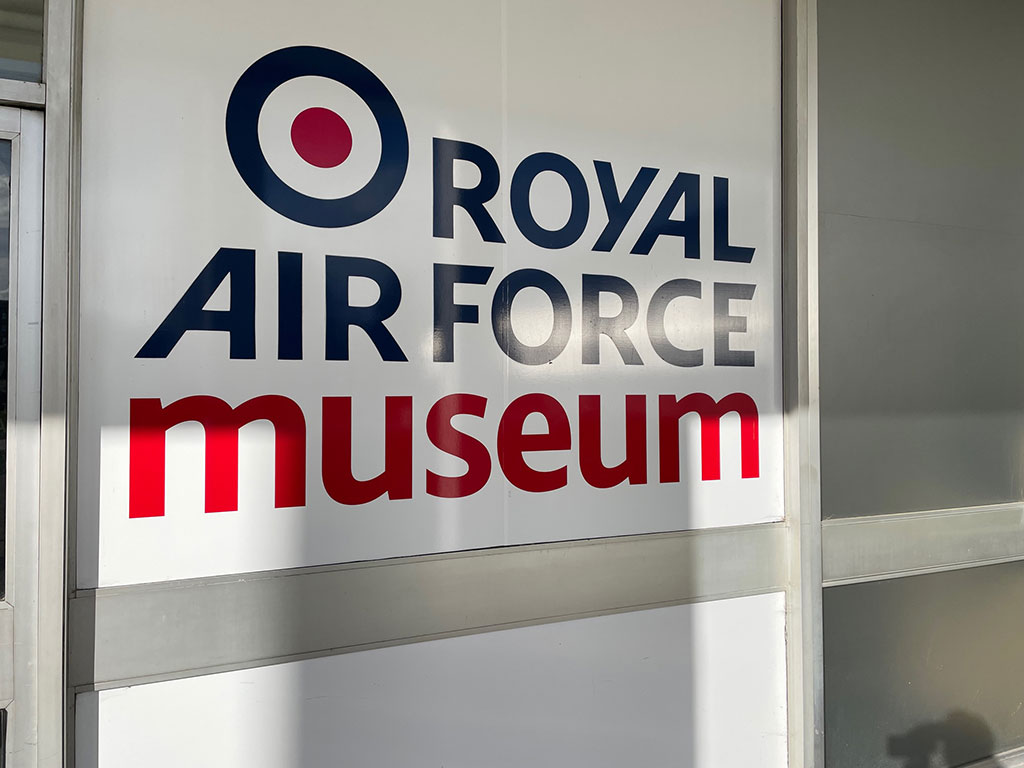
Founded in 1972, the RAF Museum has the remit of preserving and displaying the history of the Royal Air Force.
As well as the site here at Hendon, it also operates an equally large museum at Cosford, near Wolverhampton.
Hendon was an early airfield in north London, founded in 1908, and acquired by Claude Grahame-White (more about him) in 1914.
It became a wartime base during both conflicts, but limitations on expansion meant it could not achieve the need to grow and extend its runways. Instead, the site was turned over to new housing developments in 1987 (having not been operational since 1968).
Despite that, the museum preserves some of the site and original buildings.
Getting There
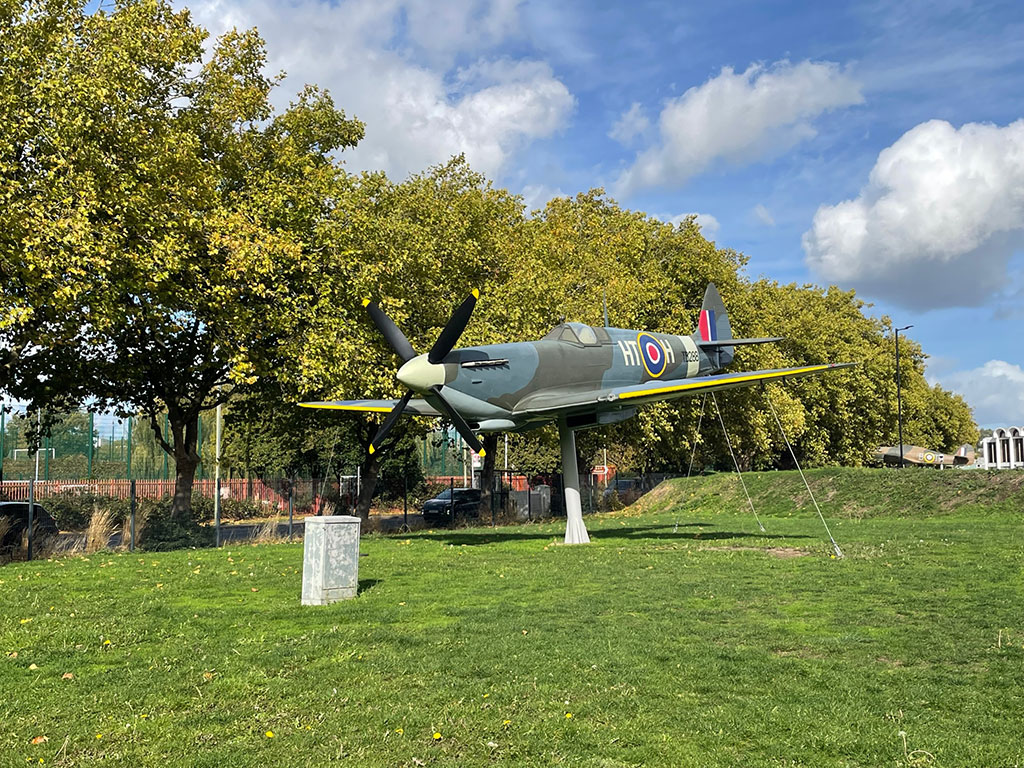
You can find the RAF Museum in Hendon, in north London, within easy reach of the city and the motorway network. Its address is:
Grahame Park Way, London NW9 5LL
The nearest Underground station is Collindale, on the Northern Line, which is the way I got there on this visit. Once at Collindale it’s a 10 minute walk along Grahame Park Way to get there. You can’t miss it.
Visiting the RAF Museum
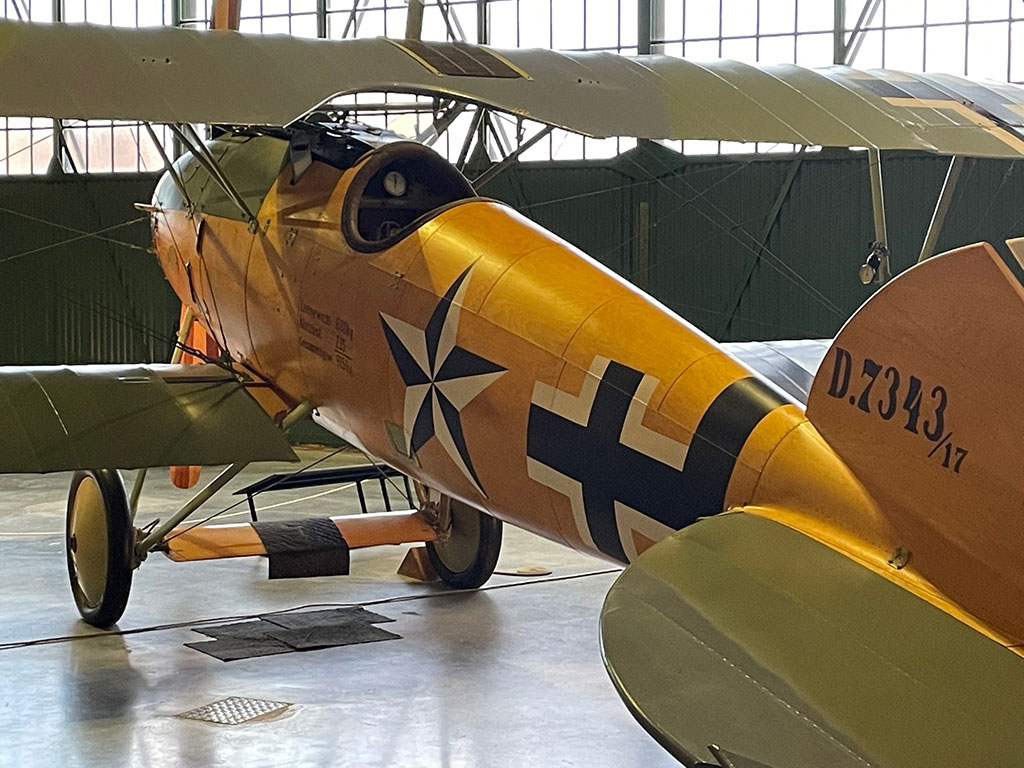
Once inside the gates I got to the main entrance. The website requires that you pre-book your visit, which I had done an hour beforehand.
Visiting is free, but donations are welcome.
I showed my confirmation code at the desk, stored my bag in the lockers, and then entered the first hall which is a showcase of the Royal Air Force, its history, people and achievements, plus the technological advances that it has come through, and those it’s working on for the future.
In this hall there are a few aircraft, including a Folland Gnat in Red Arrows colours, a Spitfire, a Sea King helicopter and a dh.9a biplane.
As you exit this hall you’ll come across the giant form of Short Sunderland ML824 – a war veteran which has been lovingly restored. You can go inside and crawl through its compact interior.
Grahame-White Factory
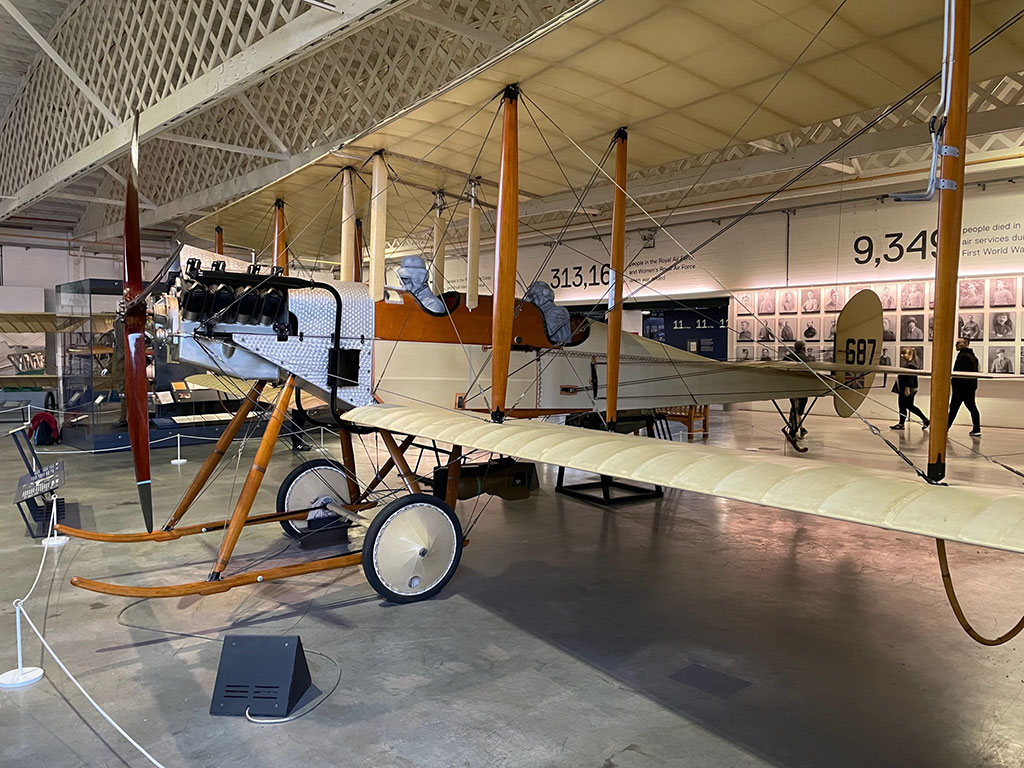
Next is the Claude Grahame-White Factory and Hangar 2, which contains some original buildings from the site and showcases the works of Grahame White – an early aviator and aircraft designer who was based at Hendon Airfield.
You can visit his preserved office, and see some of the very earliest aeroplanes to fly in England.
The hangar is home to a vast array of World War I types, from both sides of the conflict, and a marvel to see (however some are replicas or composites of multiple aircraft – understandable given the age and rarity!).
Outside this hangar is a café which you can visit for lunch.
Hangars 3, 4 and 5
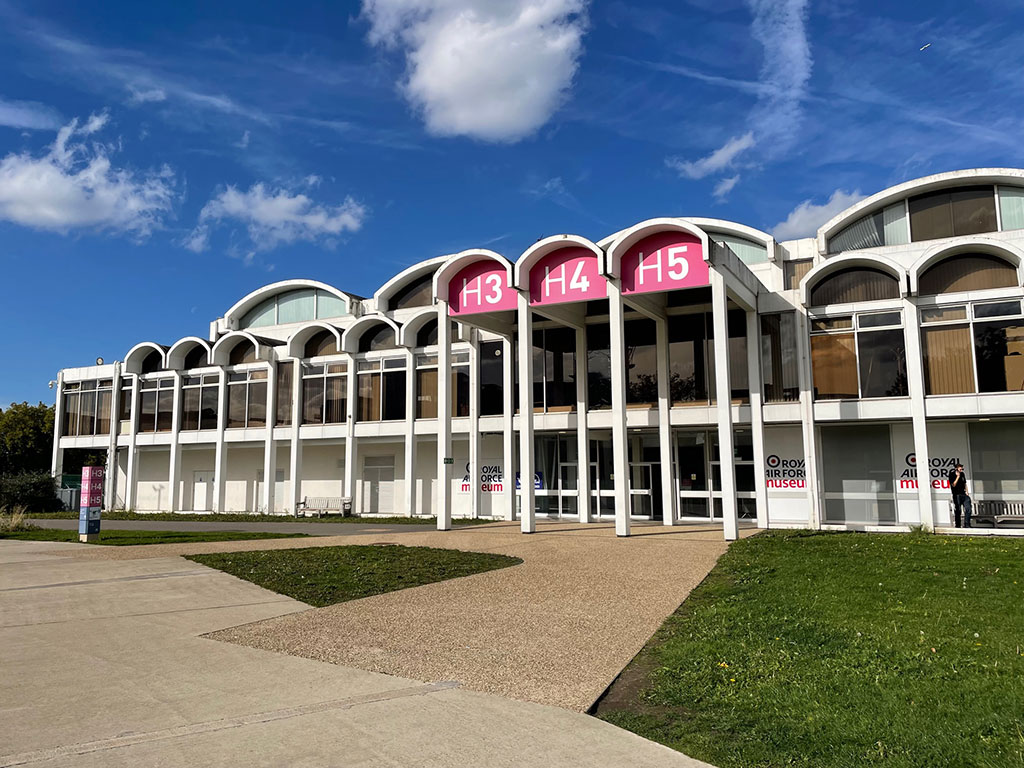
Next I wandered around to by far the largest exhibition spaces at Hendon Museum.
Hangars 3, 4 and 5 are originals from the airfield, but are clad in a modern exterior.
Once inside you are presented with aircraft from more modern times, and from the World War II era. They are not particularly in chronological order, but that didn’t matter as they were really interesting to see.
There are common types to many museums, like the Hawker Hunter, Chipmunk, Bulldog, Jet Provost.
And then there are some very rare types that are really one-of-a-kind, like the Supermarine Southampton flying boat hull, the giant Supermarine Stranraer, Bristol Beaufort and Fiat CR.42.
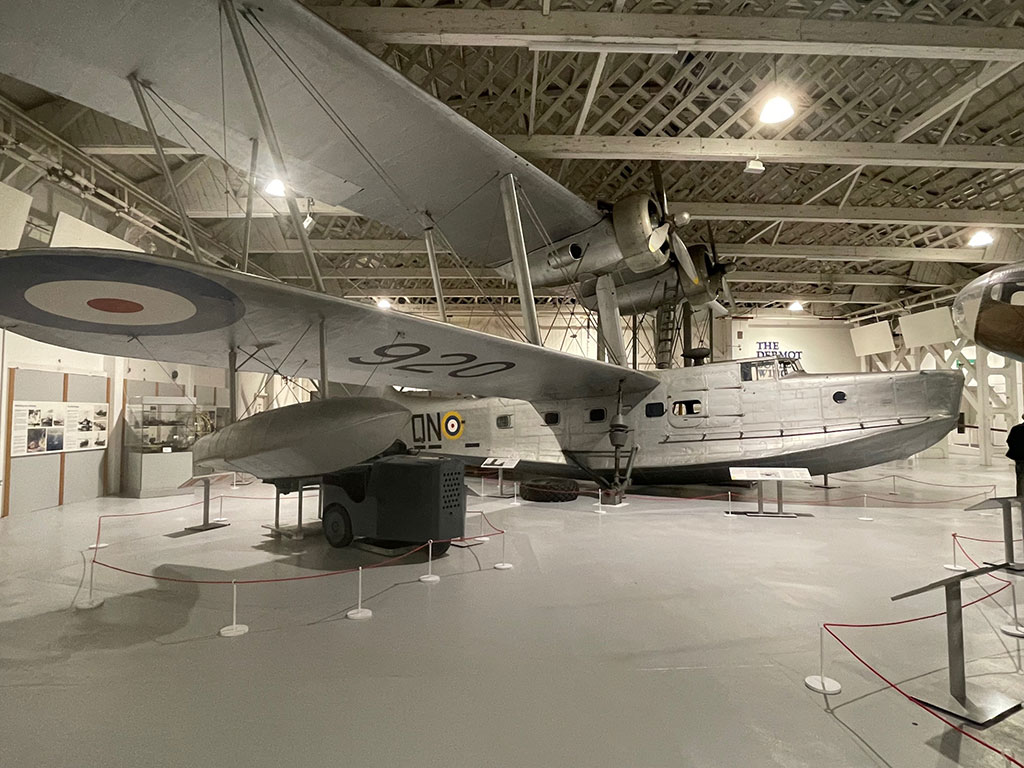

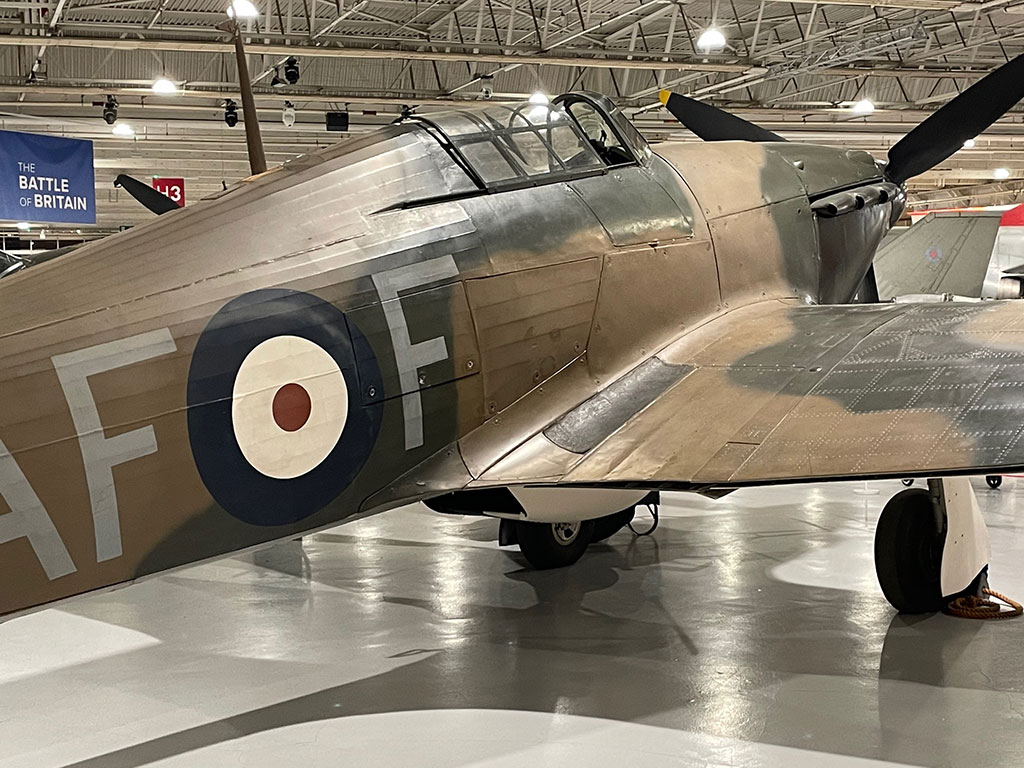
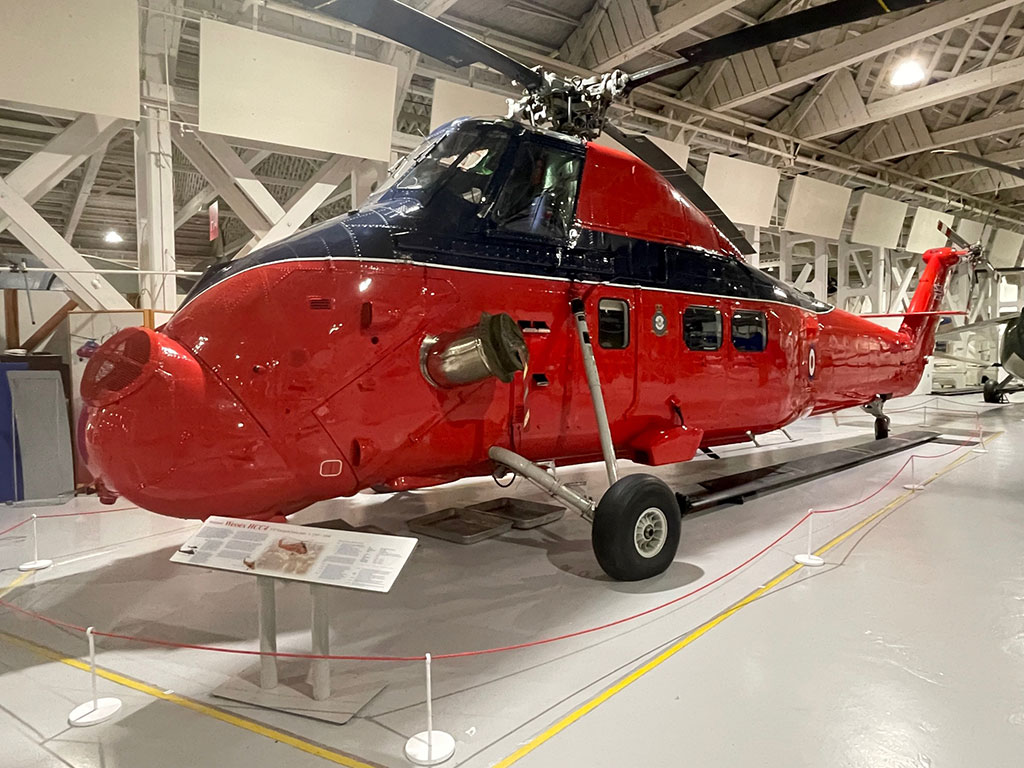
There’s a good selection of helicopters, and authentic WWII Hurrcane and Spitfire aces. Plus the iconic Avro Lancaster R5868 which scored over a hundred bombing missions successfully.
In one quarter of the display are there are various aircraft from the other side, including Luftwaffe Messerschmitt Me163, Heinkel He 111 and Junkers Ju 87d. There’s a Japanese Kawasaki Ki 100 (very rare) and Bf.110g.
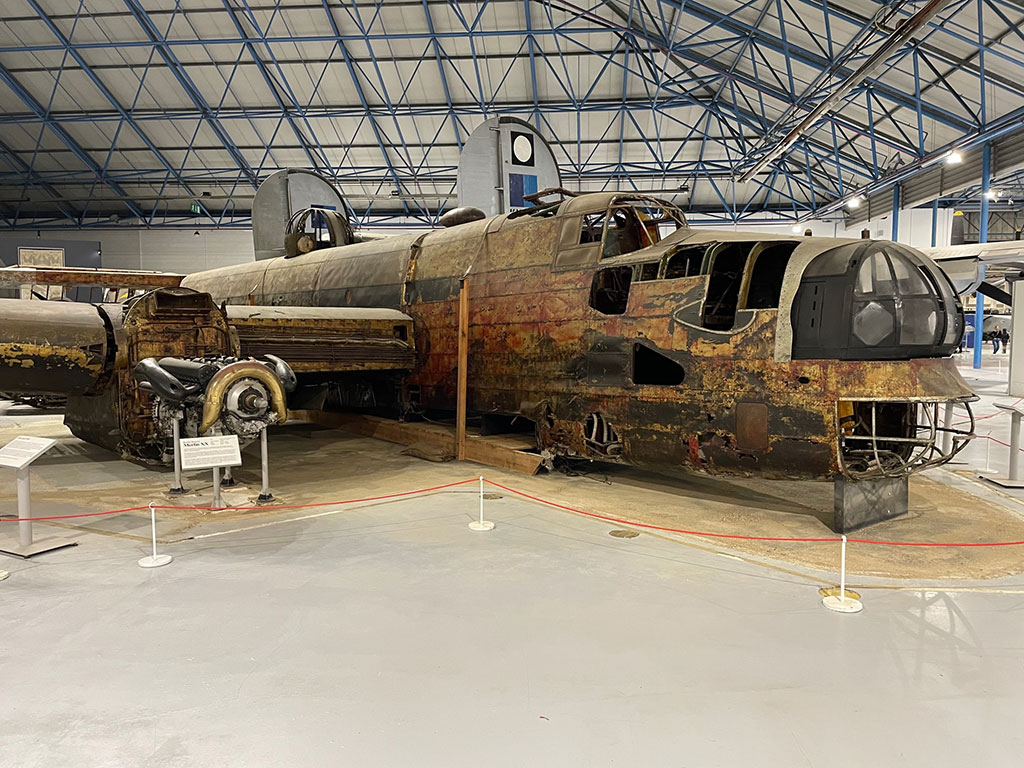
There’s also a Handley Page Halifax wreck rescued from the North Sea after being shot down (and still showing evidence of the fire that engulfed it).
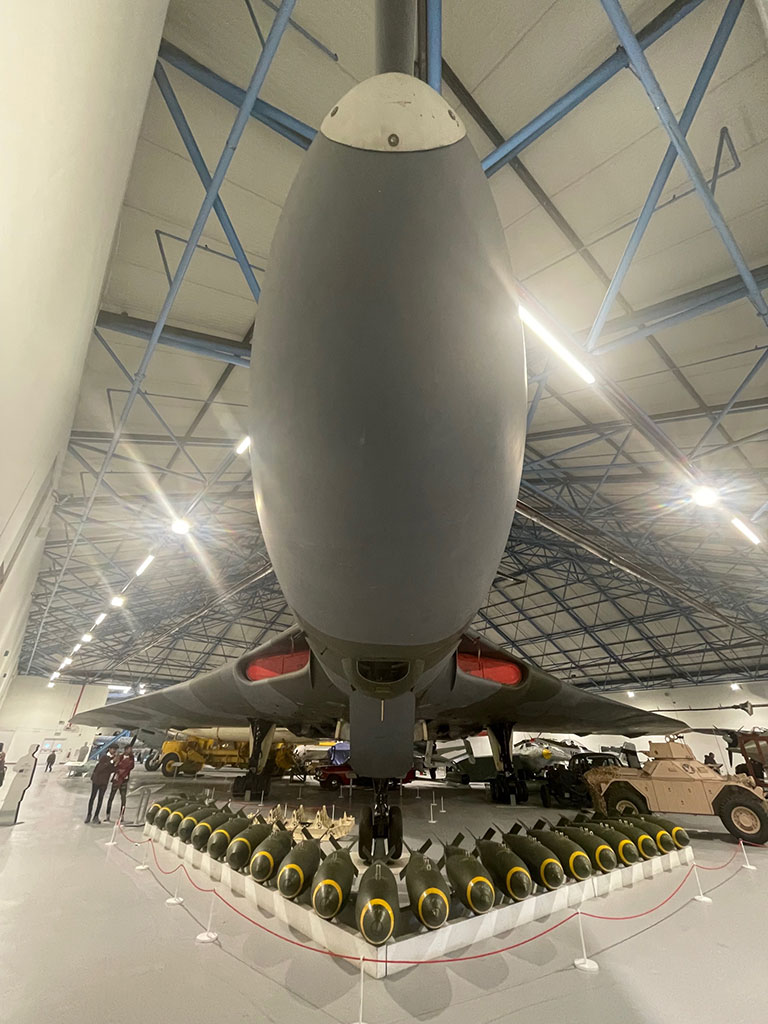
In another corner are the giant, complete Avro Vulcan and B-17 Flying Fortress aircraft, and elsewhere the Canberra aircraft which holds the record flying time from the London to Christchurch race in 1953 (22 hours 25 minutes).
Hangar 6
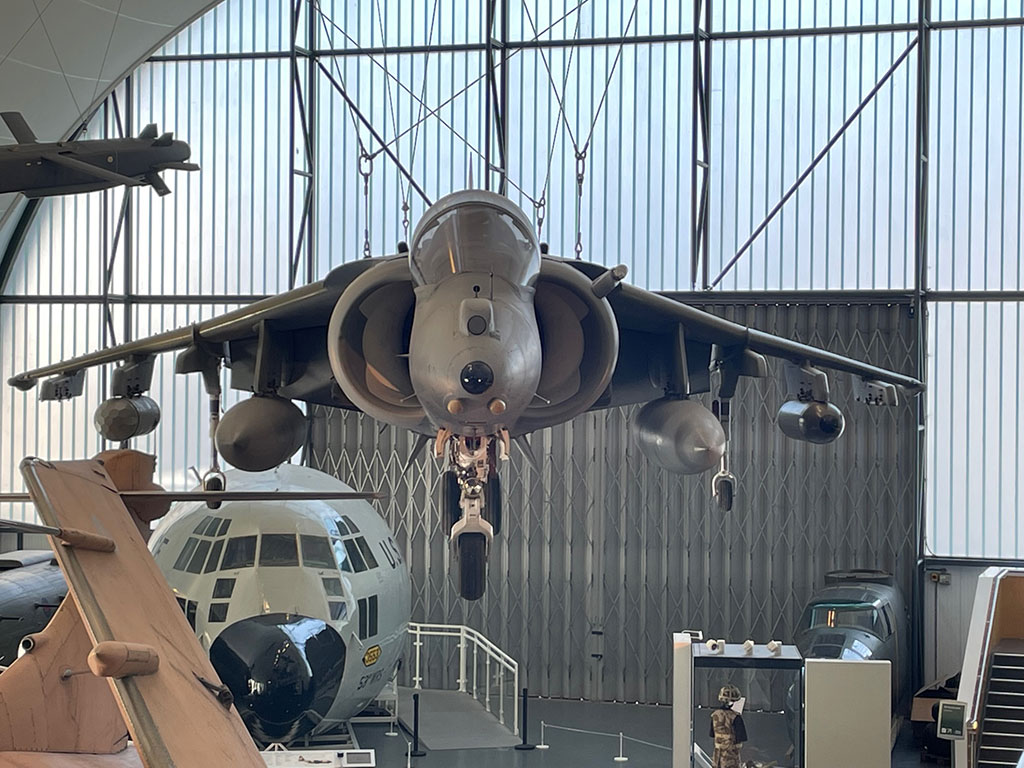
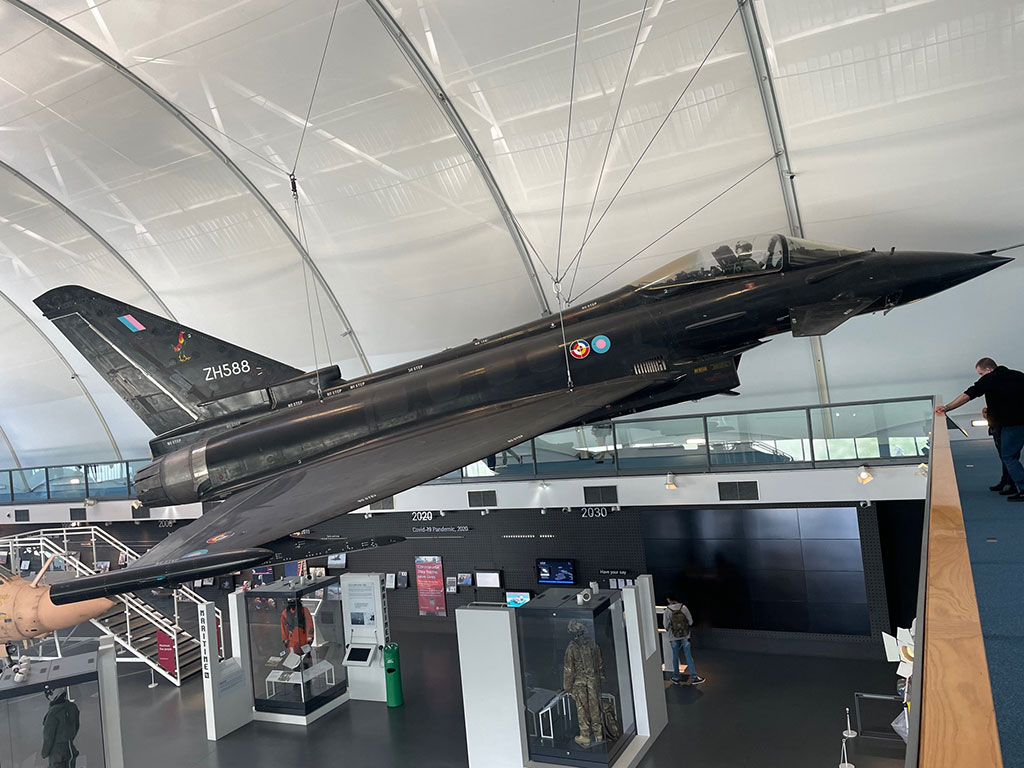
The final hangar to visit is a display of the RAF in more recent times.
It is crammed with jet fighters and bombers from conflicts such as the Cold War, Gulf War, Afghanistan, and current active squadrons.
Types like the Jaguar, Tornado, Eurofighter Typhoon, Buccaneer and Harrier. A first floor walkway gives you a good vantage point for taking pictures of the aircraft hanging from the ceiling.
I really enjoyed my time here. In among the display aircraft, it was interesting to read about the history of Hendon Airfield (which had potential to become THE London Airport at one point), and the early aircraft pioneers who operated here.
I finished my visit by browsing the well-stocked shop, and then retracing my steps back to Colindale Tube station to get back into central London (about 30 minutes).
Airport Spotting Guides UK & Ireland
Our flagship guidebook is now available in its second edition, fully updated to give you, the aviation enthusiast and plane spotter the best information on spotting at airports across the UK and Ireland.
For details of hundreds of spotting locations across the UK and Ireland, order your copy of Airport Spotting Guides UK & Ireland (2nd Edition) today.
It features maps, directions, detailed information on what you’ll see, plus where to find the best spotting hotels and aviation museums like Hendon.
Order Now

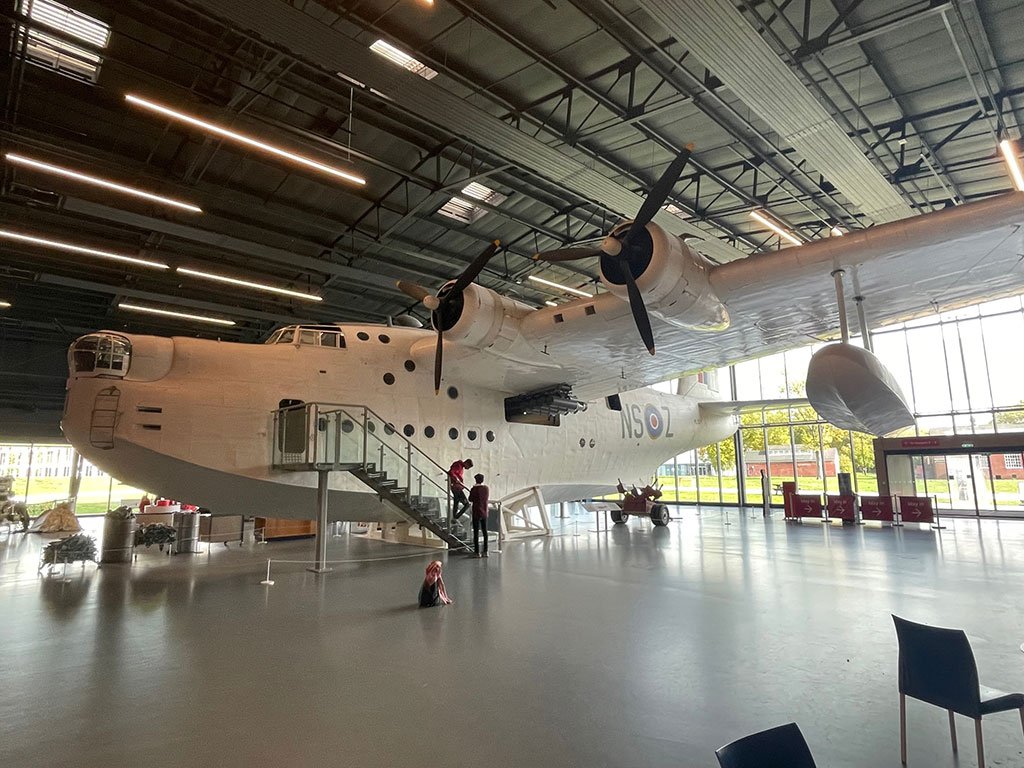
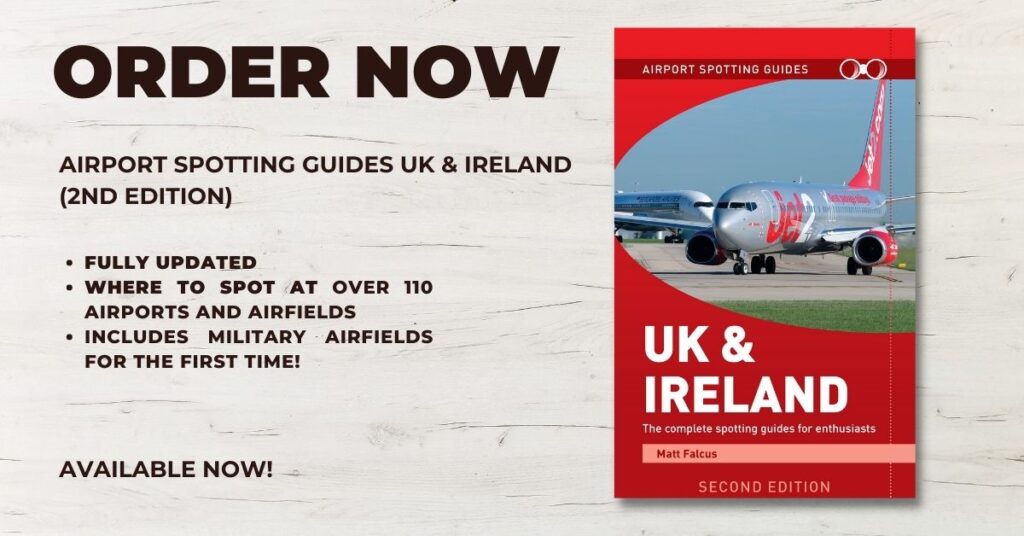



3 comments
The name of the Museum is RAF Museum London. I know some people may remember it used to be RAF Hendon but it hasn’t been called Hendon for 15 years, nor is it at Hendon. It’s in Colindale. I think it’s important to be accurate with these things.
Oh, and the one in Cosford is now called RAF Museum Midlands.
[…] Visiting the RAF Museum, Hendon […]
Hi, I was 5 years old 1948 and I was with my dad at an air show, we lived in Kenton .
Dad and I visited an air show, did Hendon have an air show in 1948 or was it Farnborough?
My Uncle Flight Lieutenant David Syme DFC with 29 ops under his belt greeted me he was still in the reserves . I remember a parachute jump from a DC3 and a line of sea planes taxiing down with wings folded and later all taking off.